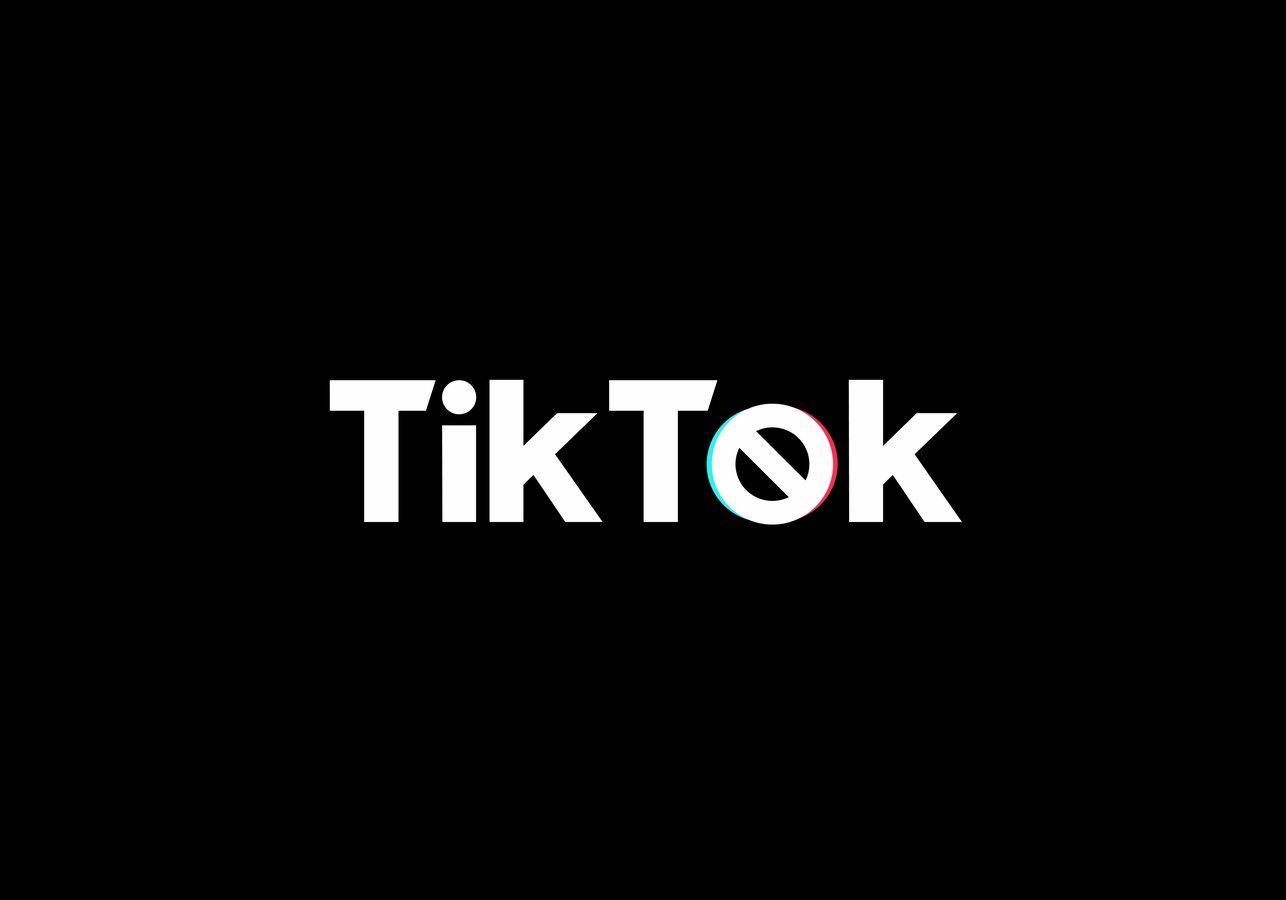Digital Price Labels In Grocery Stores
Automated shelf management trends as retailers and shoppers experience a new way of shopping.

The retail industry is constantly changing and adapting to new trends and technologies. Electronic shelf labels (ESL) are coming soon as retailers seek innovative ways to enhance their operations and improve customer experiences. An ESL offers advantages in terms of performance, coverage, cost, design, and flexibility. These labels are fully customizable digital displays that highlight prices, advertisements, and other desired information. The digital transformation of commerce improves price agility and precision, store efficiency, and employee-shopper connectivity.
How Do Digital Grocery Store Tags Work?
Digital grocery store tags consist of three main elements:
- Electronic Price Labels (Tags): These are the physical displays that show product prices and other relevant information. They come in various models and sizes, utilizing e-ink displays for optimal battery life and featuring full-color labels for enhanced visibility.
- Back-Office Server (ERP System): This is the central hub where all crucial data is recorded and managed. The service is responsible for sending product prices and updates to the electronic price labels via the communication infrastructure.
- Communication Infrastructure: This infrastructure facilitates the transmission of data between the back-office server and the electronic price labels. It can use technologies like infrared (IR) or radio frequency (RF) to ensure seamless communication and updates.
By integrating these three elements, digital grocery store tags enable retailers to manage price updates in real-time, maintain accurate product information, and enhance the overall shopping experience for customers.
Benefits of Digital Electronic Shelf Labels vs. Paper Labels
Transitioning to digital ESLs from paper labels offers multiple benefits:
- Increase Customer Engagement — By offering informative displays, promotions, and real-time updates.
- Price Automation — Simplifies price management, boosts accuracy, and cuts costs.
- Dynamic Pricing — Set flexible market prices based on current market demand.
More Than Just Prices
Electronic Shelf Price Tags serve as interactive and informative tools that enhance the customer experience beyond dynamic pricing.
- Provide Detailed Information: Customers receive more information to help them choose what to purchase. For example, if you’re picking between different types of protein bars, you can check an ESL for the nutritional facts, price reference, and if they are in stock. If the store is out of stock, ESLs have QR codes that can be scanned to order online.
- Real-Time Price Adjustments: Unlike traditional paper labels that need manual updates, ESLs can change prices instantly. This helps stores react quickly to changes in the market. By analyzing how shoppers react to different prices, stores can set the right prices to keep customers satisfied.
- Cost Reduction: Offer long-term savings by cutting costs on paper labels, ink, and printing equipment. They also streamline price updates, reducing labor costs and promoting eco-friendly practices.
- Optimize Inventory Management: ESLs offer real-team stock insights, aiding timely restocking and minimizing shortages, resulting in improved satisfaction and reduced storage costs.
- Facilitate Omni-Channel Communication: Support seamless communication across physical and digital channels by displaying stock levels, online competitor’s prices, and enabling online ordering.
ESLs are just one part of the digital revolution geared toward supermarkets. Physical retail is at a turning point that preserves the appeal of in-person shopping while drawing from the convenience and transparency of digital approaches. More than displaying prices, this is an exciting getaway for boosting digital engagement in store.




